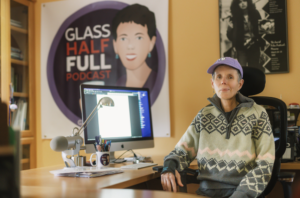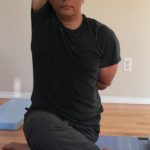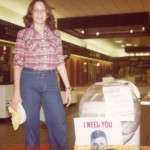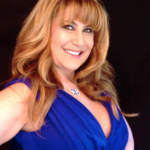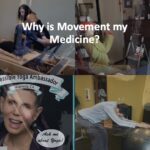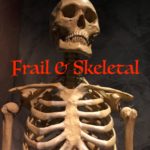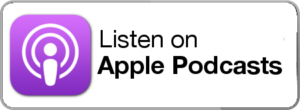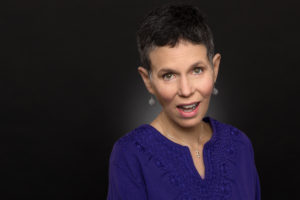Sometimes I see Facebook posts from high school classmates reminiscing about the “good old days.” I did have some unbridled fun back then but I far prefer my adulthood. Even with a chronic health condition. Back in high school and college my emotions ran the intensity gamut from I’m on top of the world to If I only had a gun, I’d end it now! And that could be within the same hour. It was exhausting.
I knew nothing about regulating my emotions. I felt…deeply….and often. Anger was no stranger to me. Anger easily led to sadness which could take hold of me for awhile. I was depressed intermittently throughout both high school and college. I tried anti-depressants and anti-anxiety medications to help regulate my moods. It offered some relief but the side effects were annoying.
Eventually I developed tools to help manage my emotions. I don’t mean I got rid of them, I just felt them a little less intensely and I was able to achieve a sense of balance more easily.
So how does one begin to regulate their emotions?
I think the first step
 is an awareness…developing a mindful attitude about an emotion. Realize what that emotion is and how your behavior has changed. You are not that anger, sadness, or ecstasy. Or at least that’s not all of you. Try to step back and see it. Examine what has led you to that feeling. Realize that this feeling is temporary and that you will experience this and other emotions again.
is an awareness…developing a mindful attitude about an emotion. Realize what that emotion is and how your behavior has changed. You are not that anger, sadness, or ecstasy. Or at least that’s not all of you. Try to step back and see it. Examine what has led you to that feeling. Realize that this feeling is temporary and that you will experience this and other emotions again.
As I developed a more refined self-care regimen with my diet and exercise, I realized that not only was my physical health impacted, but so was my emotional health. What we feed our bodies also affects our emotional selves. I’ll explore these connections in our Facebook group during the month of September.
To help you get a perspective on your emotions, use the Health Storylines app to monitor your daily moods, food intake, and physical activity. Be diligent for a couple of weeks and then download a report to see if you detect any patterns. Remember to track any medications you take as well.
I am definitely not an expert on this topic but over the years, and a steady practice of yoga and mindfulness, I have become more resourceful in regulating my emotions. I look forward to hearing about your experiences.


 In the continuing series, Food=Medicine, Cooking with Love explores different interpretations of how love can be a vital element in the food we eat. Whether it’s part of the mission of a local organic farm, a vegetarian chef preparing pureed, nutrient-dense food for her father with progressive Parkinson’s disease, or another chef infusing fine dining, multi-coursed meals with cannabis — each guest offers a fresh perspective for mindful eating.
In the continuing series, Food=Medicine, Cooking with Love explores different interpretations of how love can be a vital element in the food we eat. Whether it’s part of the mission of a local organic farm, a vegetarian chef preparing pureed, nutrient-dense food for her father with progressive Parkinson’s disease, or another chef infusing fine dining, multi-coursed meals with cannabis — each guest offers a fresh perspective for mindful eating.








 Nicole Cavales — yoga instructor — was diagnosed with the BRCA1 gene mutation making her a high risk for breast and ovarian cancer. She chose to have surgery and reconstruction. Nicole’s plastic surgeon referred her to Hilary Nakao, D.PT, — physical therapist — to help with recovery. Both women are part of the latest podcast episode exploring how critical movement and exercise are to one’s daily life.
Nicole Cavales — yoga instructor — was diagnosed with the BRCA1 gene mutation making her a high risk for breast and ovarian cancer. She chose to have surgery and reconstruction. Nicole’s plastic surgeon referred her to Hilary Nakao, D.PT, — physical therapist — to help with recovery. Both women are part of the latest podcast episode exploring how critical movement and exercise are to one’s daily life. If you’re a caregiver, do you access an online group to connect with other caregivers? Maybe you use social media to help educate or advocate for a particular health condition? This podcast episode explores how a variety of patients, and caregivers, use Facebook, Instagram and other social media platforms to do what they need to do.
If you’re a caregiver, do you access an online group to connect with other caregivers? Maybe you use social media to help educate or advocate for a particular health condition? This podcast episode explores how a variety of patients, and caregivers, use Facebook, Instagram and other social media platforms to do what they need to do.